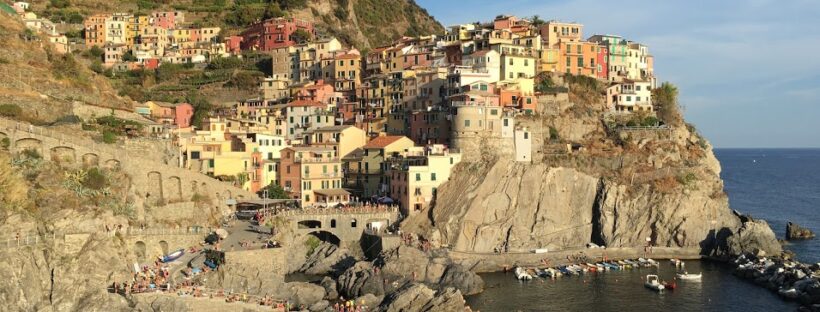Anyone familiar with my 30 Before 30 knows I still have quite a few countries to visit before I reach my goal. South Africa had been #1 on my list for a while, so we decided to take advantage of the double bank holiday and go. And once we realized how easy it would be to have a stopover in Egypt, we couldn’t pass that up!
We decided to fly Egyptair from London to Cairo to Johannesburg, with an 18 hour stop over on our journey down. I was worried it would be too hectic after a redeye the night before, but luckily it ended up being AMAZING and so worth it. I cannot recommend a stopover in Cairo enough.
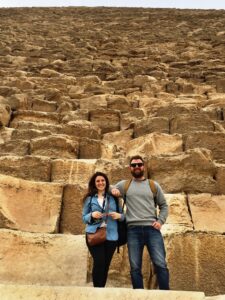
Before leaving we had booked in with Memphis Tours. We had what felt like the perfect Cairo itinerary. It fit everything in but didn’t feel rushed — ideal when you’ve only got a day. When we first arrived, I may or may not have cried a few happy tears – we were IN EGYPT!
I’d wanted to visit Cairo for years and years but kept worrying it was too dangerous. I wasn’t the only one, as tourism dropped considerably in the last few years. In 2010 about 15 million people visited Egypt; by 2016 that number was 5 million. It’s hit the economy quite hard as tourism accounted for 11% of GDP. Tourism is now steadily rising, which is good for everyone – the locals who work in the industry, but also for travellers, as Egypt isn’t a place anyone should miss. Personally, I felt completely, 100% safe during our time there.
WOULD I GO WITH A GUIDE AGAIN?
Other than one walking tour I did in 2010 in Barcelona, I’d never been an organized tour and was worried we’d miss the autonomy, or feel like the guide was an awkward third wheel. I am so happy to say that’s not at all what it felt like, and instead having Ahmed made the whole thing so much more meaningful. It also wasn’t too bad having someone there to force G to pose for pictures!
The Ministry regulates tour guide certifications, and requires guides to pass licensing tests in Egyptian history, local museums, cultural attractions, and at least one foreign language. As we only had 18 hours, having someone with us who could explain the history behind everything was invaluable. It also allowed us to ask a lot of questions about life in Cairo, and in 18 hours we might not have gotten close enough to another local to get that insight.
Because we had such limited time (and knowledge), a guide was definitely the right choice for us. I’d feel comfortable without a guide, but in a place with such a rich history I could definitely see booking another tour when I go back to explore a different part of the country.
ITINERARY
1. THE PYRAMIDS
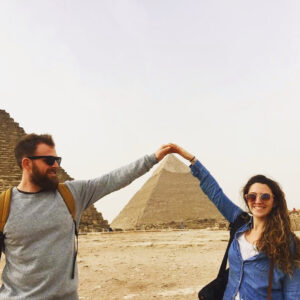
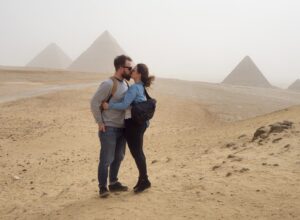
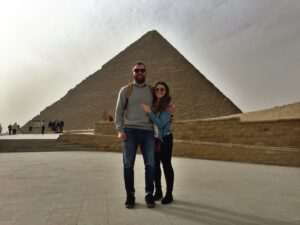 I’m going to really show some ignorance here, but I thought it took hundreds of years to build the pyramids. Apparently it was more like 20 years for each one. The Giza pyramids were built by one ruler, then his son and grandson. Each was a bit smaller than the previous out of respect, and there are smaller pyramids that were built for wives and mothers. Because all the pyramids look the same from the inside, we went into one of the (free) smaller ones. As it was less popular, we had it all to ourselves! This was great because getting down was actually much more scary that I had imagined – it’s really narrow and really steep. It would have been easy to feel claustrophobic had it been more crowded.
I’m going to really show some ignorance here, but I thought it took hundreds of years to build the pyramids. Apparently it was more like 20 years for each one. The Giza pyramids were built by one ruler, then his son and grandson. Each was a bit smaller than the previous out of respect, and there are smaller pyramids that were built for wives and mothers. Because all the pyramids look the same from the inside, we went into one of the (free) smaller ones. As it was less popular, we had it all to ourselves! This was great because getting down was actually much more scary that I had imagined – it’s really narrow and really steep. It would have been easy to feel claustrophobic had it been more crowded.
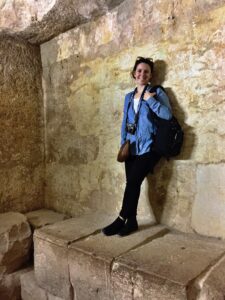
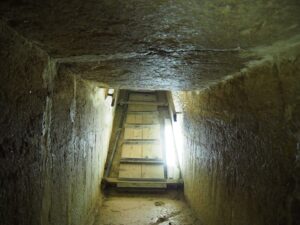
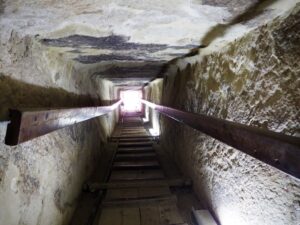
2. THE SPHYNX
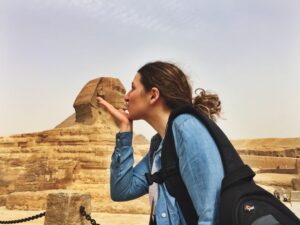
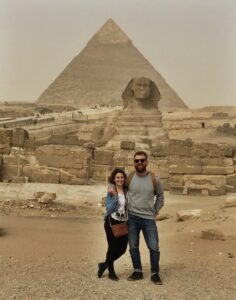
The Sphynx was erected around 3000 BC for the pharaoh Khafra, who also built the second pyramid. The nose was carved off by a Sufi Muslim man who disapproved the of iconoclasm, and he was hanged for this offense. Not much else is known, but wikipedia has some cool images of the Sphynx from the 1800s when it was still half buried in sand.
3. CAMEL RIDE!
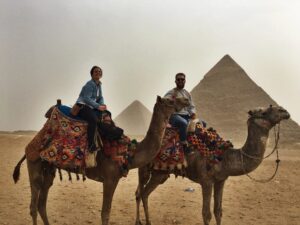
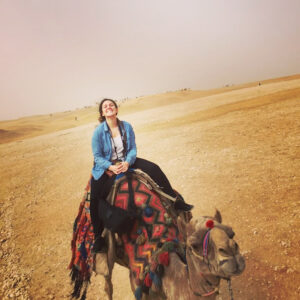
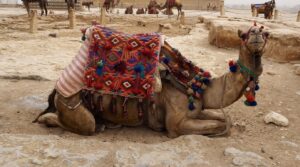
This was such a cool experience. I remember first learning about the ancient Egyptians in school, and I NEVER imagined that one day I’d be riding a camel through the Sahara to the Pyramids. And yet, there I was! On a surprisingly wobbly, tall camel, making our way through the desert. I was really into it.
4. FELUCCA
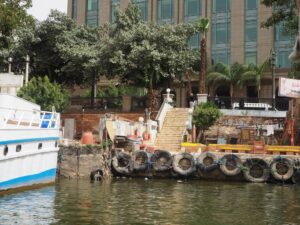
We had the boat to ourselves and cruised around the Nile for about 45 minutes. Again, 7 year old Kristen’s head would explode.
5. SHOPPING
The one part of the tour I didn’t love were the shops. They weren’t presented as shopping as much as we were told we’d be taken to see how Papyrus was made, and after the demonstration it was incredibly clear we were then meant to buy something. The shopkeeper followed us around, and once we made our choice (around £30), was clearly angry we hadn’t spent more. The guy at the next store was less aggressive, but it still felt like we were completely obligated to make a purchase. This part of the tour was optional, so after the second shop we just opted out. I understand tourism is suffering, so tried not to be too put off by the aggressive expectation that we drop some serious cash.
6. EGYPTIAN MUSEUM
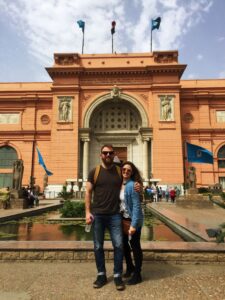
This museum was incredible! It housed SO many treasures, it would take days to go through everything. However, Ahmed knew exactly where the most important stuff was, and gave a thorough history of everything we saw. The highlight was King Tut’s tombs and the artefacts found inside. Did you know that Egyptian pharaohs were buried with everything? And I mean everything — beds, chairs, cats, cows, you name it, and it’s there.
7. HOTEL
Do not book an 18 hour stop over without also booking a hotel. We didn’t but by pure luck our airline gave anyone with an 8 hour or more layover a free hotel room. Originally the plan was to land at 5:00 am, “do Cairo,” and depart at 23:30. Without the hotel that would have been terrible, and I’m so happy Egyptair saved us that experience. After our tour we were exhausted, so we had a shower and went down to our free buffet dinner, also provided by Egyptair (as well we breakfast and lunch, what!). We flew out that night for our next adventure: a safari in Kruger!
My first Egyptian excursion was wonderful, but not nearly long enough. I can’t wait to go back!
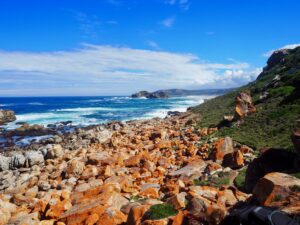
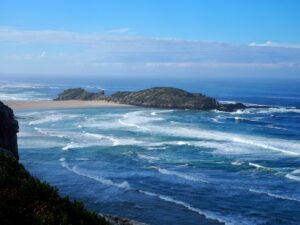
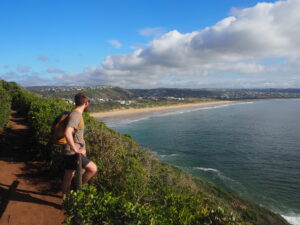
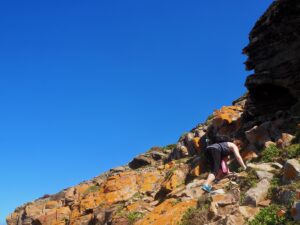
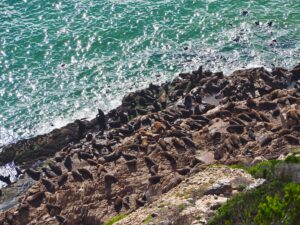
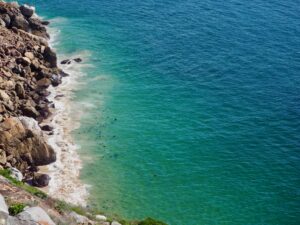
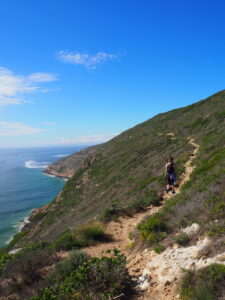
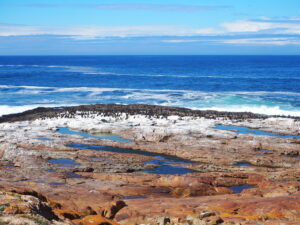
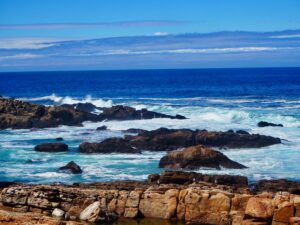
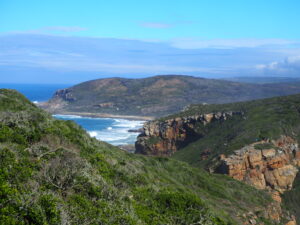
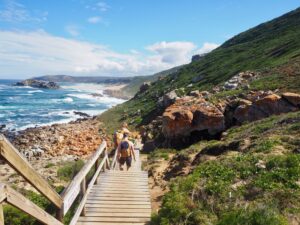
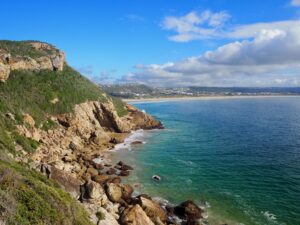
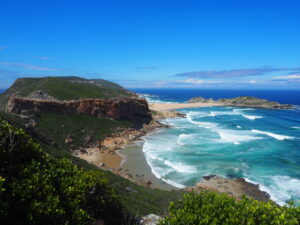
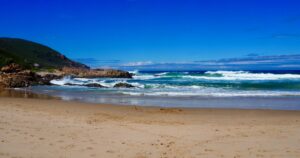
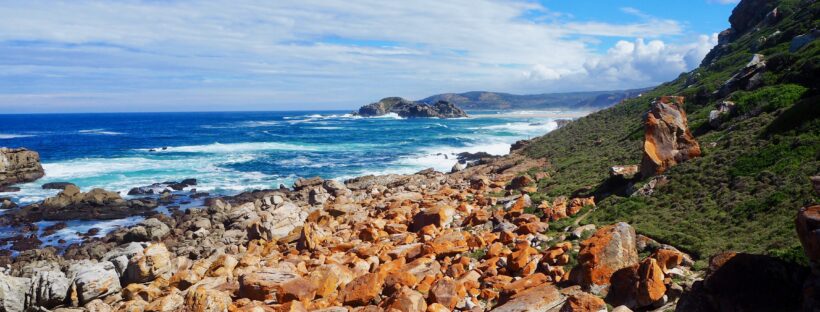
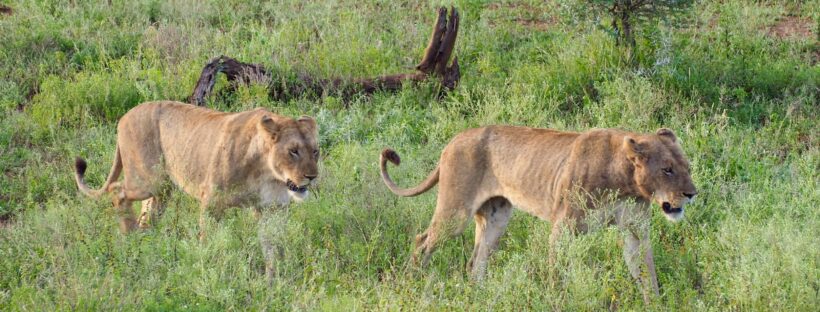
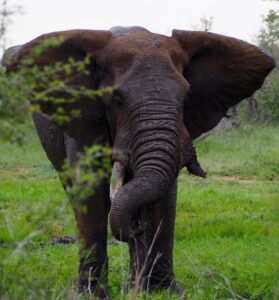
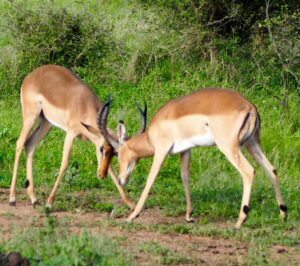

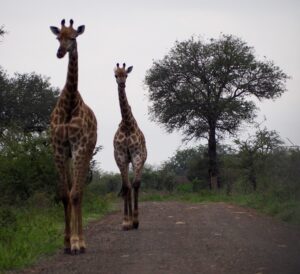

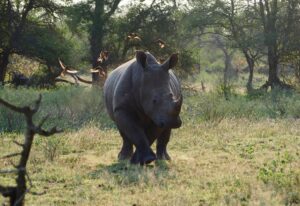
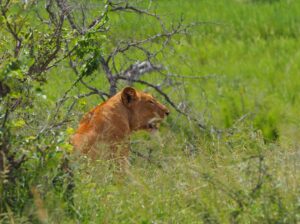
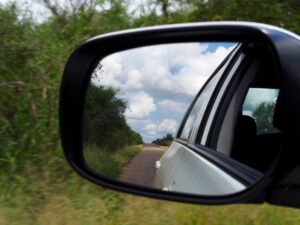
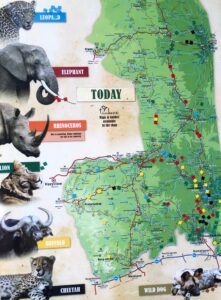
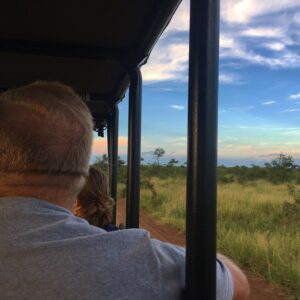
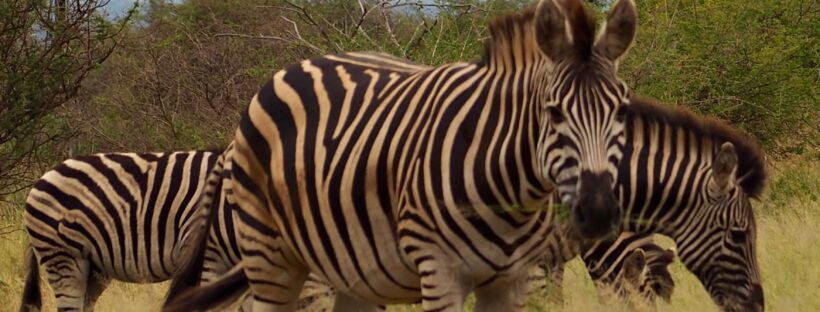
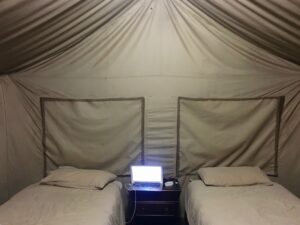
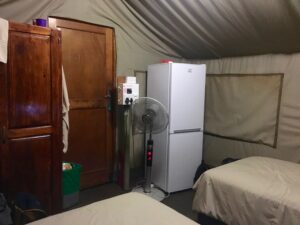

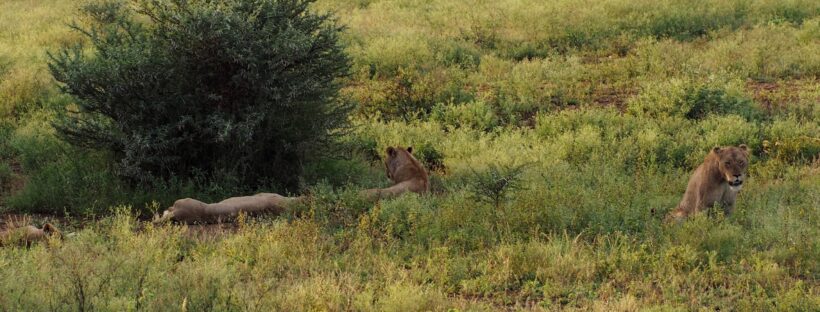
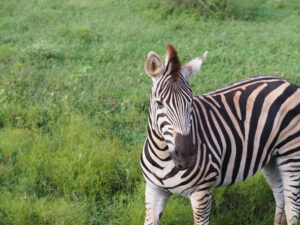
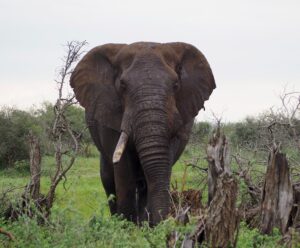
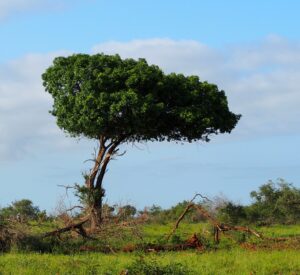
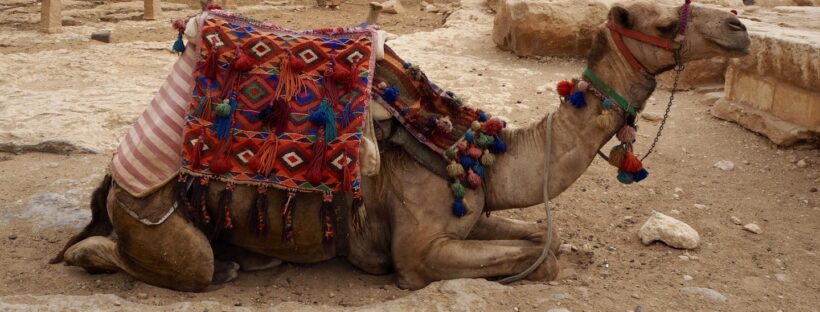



 I’m going to really show some ignorance here, but I thought it took hundreds of years to build the pyramids. Apparently it was more like 20 years for each one. The Giza pyramids were built by one ruler, then his son and grandson. Each was a bit smaller than the previous out of respect, and there are smaller pyramids that were built for wives and mothers. Because all the pyramids look the same from the inside, we went into one of the (free) smaller ones. As it was less popular, we had it all to ourselves! This was great because getting down was actually much more scary that I had imagined – it’s really narrow and really steep. It would have been easy to feel claustrophobic had it been more crowded.
I’m going to really show some ignorance here, but I thought it took hundreds of years to build the pyramids. Apparently it was more like 20 years for each one. The Giza pyramids were built by one ruler, then his son and grandson. Each was a bit smaller than the previous out of respect, and there are smaller pyramids that were built for wives and mothers. Because all the pyramids look the same from the inside, we went into one of the (free) smaller ones. As it was less popular, we had it all to ourselves! This was great because getting down was actually much more scary that I had imagined – it’s really narrow and really steep. It would have been easy to feel claustrophobic had it been more crowded.









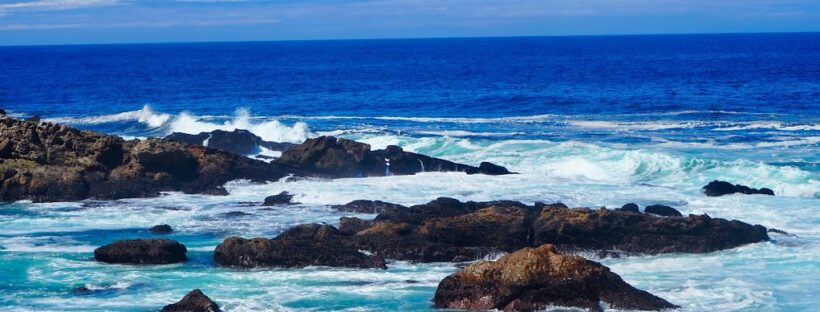
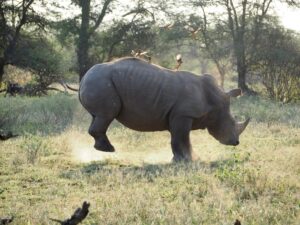
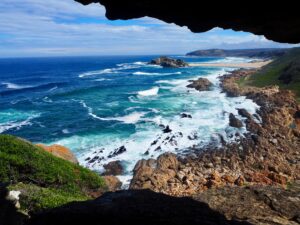
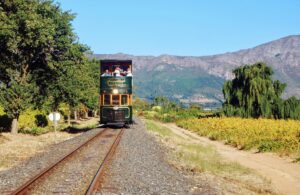
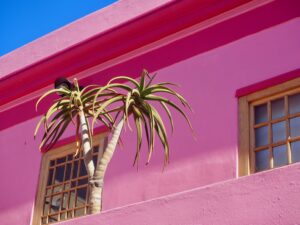


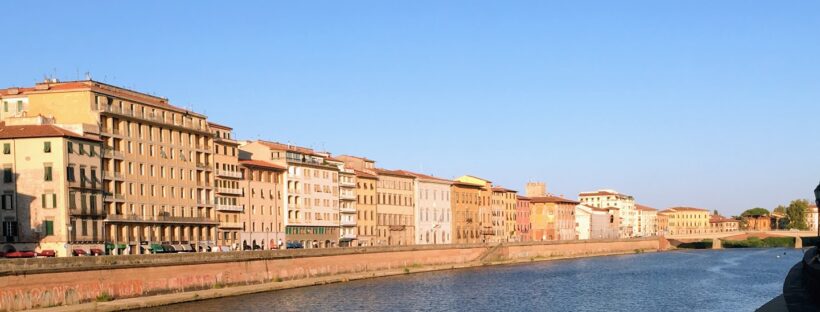
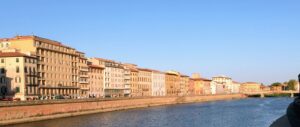
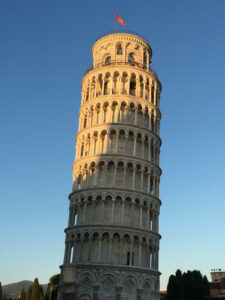
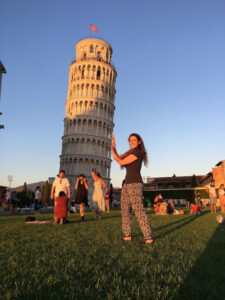
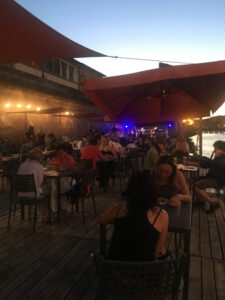
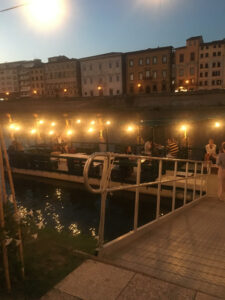
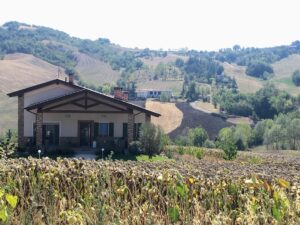
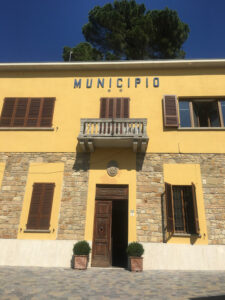
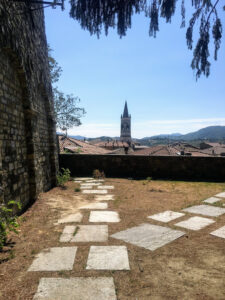
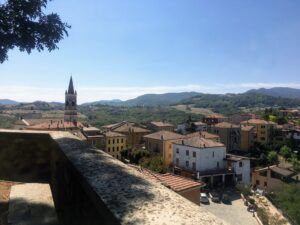
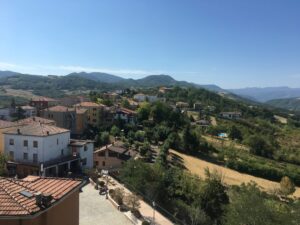
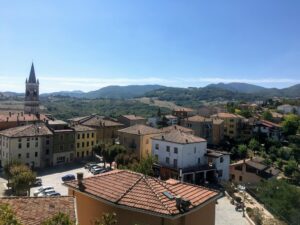
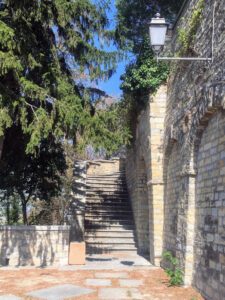 I was eager to drop the car off because that night started the second part of my trip—Cinque Terre!
I was eager to drop the car off because that night started the second part of my trip—Cinque Terre!